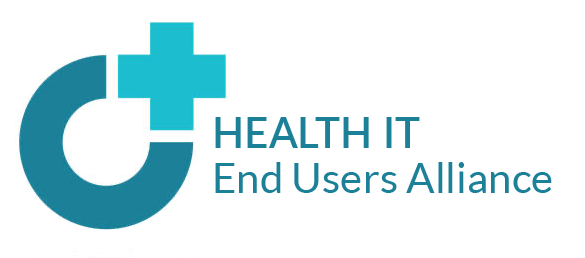Advancements in the use of information technology have improved clinical care and operations. At the same time, however, drivers other than provider and patient needs have been prominent in setting policy priorities and developing standards to support technical solutions.
As we continue to increase reliance on technology to support clinical care, patient engagement, administrative transactions, and operational needs, it is more important than ever to ensure that end-user views inform health information technology policy priorities and standards development.
ISO states that standards answer the question “What’s the best way of doing this?”
End-user leadership can answer the preceding question: “The best way of doing what?”
The end-user perspective is needed to inform both standards development and policy. While standards organizations and technology companies do solicit end-user input into their processes, it can be challenging for those on the front lines to participate, given the highly technical nature of the discussions and the focus on specific use cases. At a policy level, sharing the end-user perspective can create better alignment across the many regulatory requirements governing the use of health IT.
Given competing objectives, and some of the challenges noted above, clinical and operational end-users have not always been sufficiently focused on developing and sharing their own objectives for how health IT can best support health care. A commitment to greater engagement and collective work will help create a future state that is more aligned with end-user needs.

